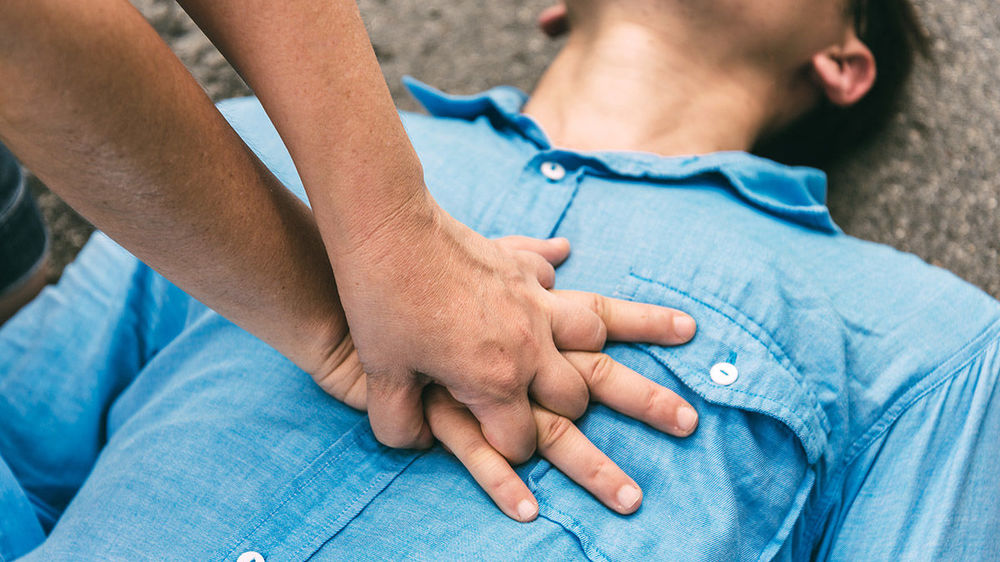The Notre Dame Fire Department’s medical outreach department would like to call your attention to interim American Heart Association CPR guidelines modified in light of the coronavirus pandemic.
Bystander CPR (cardiopulmonary resuscitation) improves the likelihood of an individual’’s survival from cardiac arrest occurring outside of the hospital. However, coronavirus is spread through respiratory droplets when an infected person coughs, sneezes or talks. If a rescuer breathes into a cardiac arrest individual’s mouth, there will likely be an exchange of respiratory droplets.
Household members who have been exposed to the individual at home should not hesitate to attempt life-saving rescue measures.
A non-household bystander who attempts to rescue a cardiac arrest individual should wear a face mask or cloth over his/her mouth and nose and place a face mask or cloth over the mouth and nose of the individual to reduce the risk of transmission.
In the case of an adult in cardiac arrest, lay rescuers should perform at least hands-only CPR. For children, lay rescuers should perform chest compressions and consider mouth-to-mouth ventilation, if willing and able, given the higher incidence of respiratory arrest in children.
To perform Hands-Only CPR, you place your hands in the center of the chest and pump hard and fast at a rate of 100 to 120 compressions per minute.
If an AED (automated external defibrillator) is available, please proceed with opening the AED and following the automated prompts to initiate life-saving intervention. Defibrillation is not expected to be a highly aerosolizing procedure. If an AED is not available, please proceed with Hands-Only CPR.
For all cardiac related emergencies, EMS should be called. For on-campus medical assistance, please call ND Dispatch at 574-631-5555. If you are off campus, please call 911.
For more information, refer to the American Heart Association’s interim CPR guidance.
